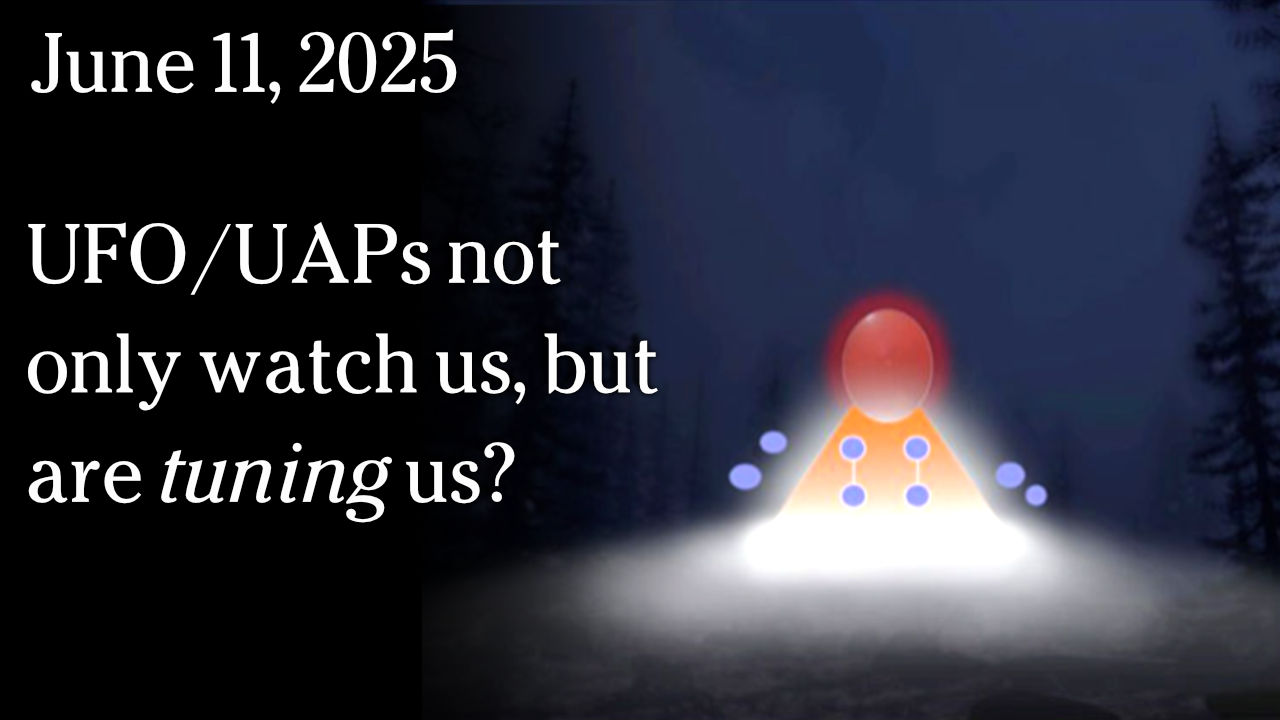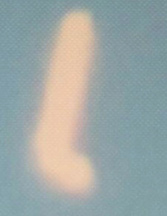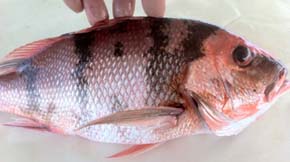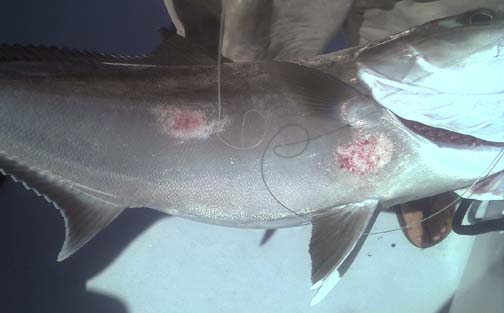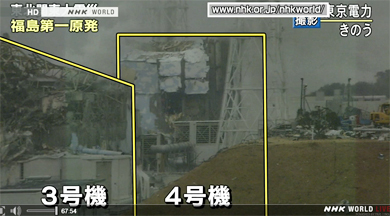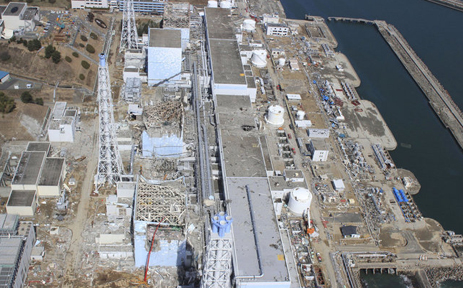- “We've been subjected to nine years of this carnage to protect Bayer's market share.”
- Tom Theobald, Owner, Niwot Honey Farm, Colorado
- “Neonicotinoid insecticides in 2012 will be in nearly 200 million acres of annual U. S. crops. ... 2 or 3 billionths of a gram of clothianidin - if it is fed to the bees in sugar solution - is a lethal dose.”
- Christian H. Krupke, Ph.D., Entomologist, Purdue Univ.


April 27, 2012 West Lafayette, Indiana - Commercial honey bee colonies and wild pollinators are in serious decline worldwide. Entomologist Christian Krupke, Ph.D., at Purdue University knows that neurotoxins such as the nicotine-based insecticide clothianidin can kill honey bees after the smallest exposures. He also knows that the the number of acres in the United States now being planted with clothianidin-coated seeds is the largest on record - some 200 million acres. And in a January 3, 2012, research article for the science journal PLoS ONE, he explained that “virtually all of the corn seed planted in North America is coated with neonicotinoid insecticides, such as clothianidin and thiamethoxam.”
Click here to subscribe and get instant access to read this report.
Click here to check your existing subscription status.
Existing members, login below:



